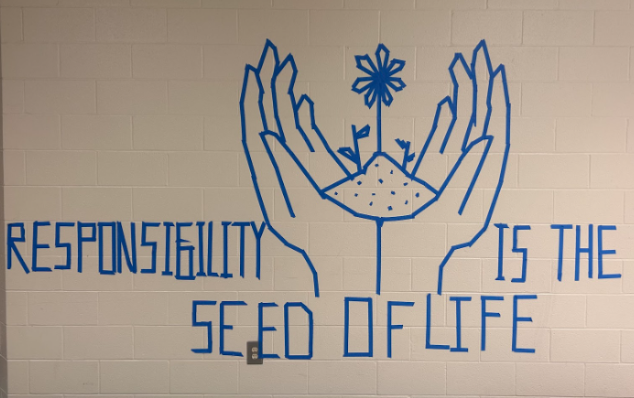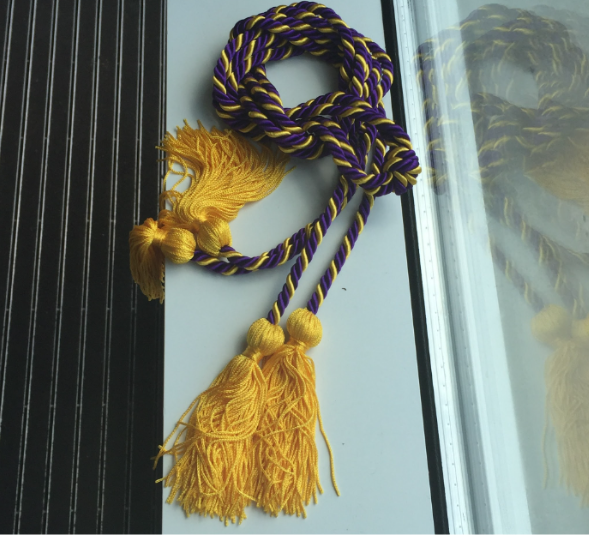Racism takes many forms and manifests in a variety of ways. One of the most common ways racism manifests is in our education systems. While we don’t necessarily teach in segregated schools anymore, our education systems (amongst other institutions) haven’t changed nearly enough to begin eradicating the stifling academic environments that fail racially marginalized students.
Institutional racism is how racism is able to permeate into different fields and facets of life, such as education and art. For racially marginalized students, institutional racism affects them whether they are aware of it or not.
While most understand racism as a form of discrimination, not many are familiar with it as a stressor and larger obstacle that impacts every facet of life, including academics.
A plethora of studies have been done researching the impacts of racism outside of what’s most obviously seen as racism; being stereotyped and constantly having your name mispronounced. Racism has a grave impact on Black, Indigenous, and people of color’s (BIPOC) access to high-quality education as well as their physical and mental health.
The constant racism in the lives of people of color acts as an activator for the body’s stress response, something that can cause health risks and complications. This explains why racially marginalized people (on average) suffer from shorter lifespans and have more chronic illnesses.
In that same vein, racism creates a disproportionate amount of obstacles for racially marginalized students that their White counterparts don’t even have to think about.
There’s a gap in the education given to BIPOC and their White counterparts, created by the historic denial and limitation of education for BIPOC, which persists to this day. Known as the ‘education debt’, this is one of primary sources of the racial inequity that racially marginalized people face in the education system.
BIPOC in school have to cope constantly with subtle, as well as outright, racism from their peers as well as educators. What student feels motivated and confident in their ability to learn when in a classroom with people who don’t see them as someone who’s capable or worthy of it?
In Revolutionary Suicide by Huey P. Newton, he describes his intense, persisting feelings of inferiority and shame as a Black student in the classroom. Newton is far from the only person to have ever experienced these feelings of self-contempt in school settings.
It is all too common for racially marginalized students to go to school and have their confidence sapped from them. A student made to feel less than, incapable of learning, too stupid to learn will not only struggle in the classroom, but may cease trying at all.
Racial bias and stereotypes are a huge factor in how students perceive themselves and their ability to learn considering how damaging they are to self esteem. A student’s self esteem has a direct relationship with student’s academic performance.
While stereotypes are a large part of the racism BIPOC face as students, the actual education system itself contributes even more. Essentially, since its inception, the American education system has worked overtime to exclude and disenfranchise racially marginalized students.
From the increase in education costs during Regan’s administration to the bans on books pertaining to the experiences of BIPOC, education was never meant to be something that racially marginalized people could obtain.
Many people share the ignorant sentiment that non-White students quite simply don’t possess the abilities to perform on par, let alone better than, White students. While this sentiment is ultimately the work of stereotypes, the mechanics and history of standardized tests no doubt plays a hand in the persistence of this stereotype.
Standardized tests rose to prominence in the United States after the influx of European immigrants in America, a substantial number of them being eugenicist social scientists. One in particular was the well-known psychologist and eugenicist, Carl Brigham, who was a key player in leading the development of the Scholastic Aptitude Test (SAT).
The American College Test (ACT) was also brought about in a similar manner, during a time period where race and intellectual capacity were believed to be inseparable.
These standardized tests were commonly seen by institutions as a new method to deny ‘undesirables’ entrance. To this day, scores on the SAT and ACT are used by many colleges’ admissions to determine qualification for merit scholarships.
Even when students of color graduate, the challenges they face in the educational systems still impact them.
Education in our societies functions as, not only a mechanism for learning and growth, but a gateway into the workforce.
Historically Black Colleges and Universities (HBCUs) are also a target when it comes to institutional racism. When HBCUs are not busy receiving threats of mass violence, they are trying to deal with their poor funding.
The fact that we even have HBCUs is proof of this country’s history of institutional racism. These Black institutions exist because of how other institutions flat out refused to educate Black people.
In comparison to predominantly White institutions (PWIs), HBCUs are criminally underfunded. A combination of low funding from their designated cities, a lack of investors, and not as many donations from alumni.
It’s also crucial to mention that a part of why HBCU alumni donations are low is due to the racism Black graduates face in the workforce and while in the process of trying to get employment.
For all students of color searching for employment after schooling, institutional racism is still a hurdle they must jump over.
People of color are offered lower qualities of education, have their access to education restricted, and then must suffer a lack of economic opportunities due to not having the education required for most well-paying jobs.
Institutional racism is an integral tool used to systematically oppress BIPOC.
Our most powerful weapon against institutional racism, just like every other form of oppression, is educating ourselves on how to spot and dismantle it.













